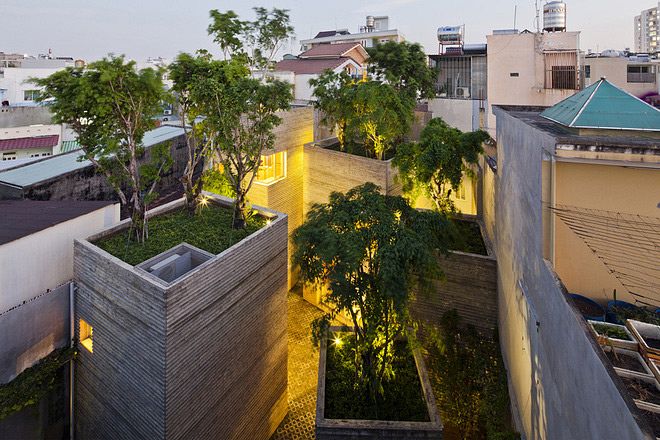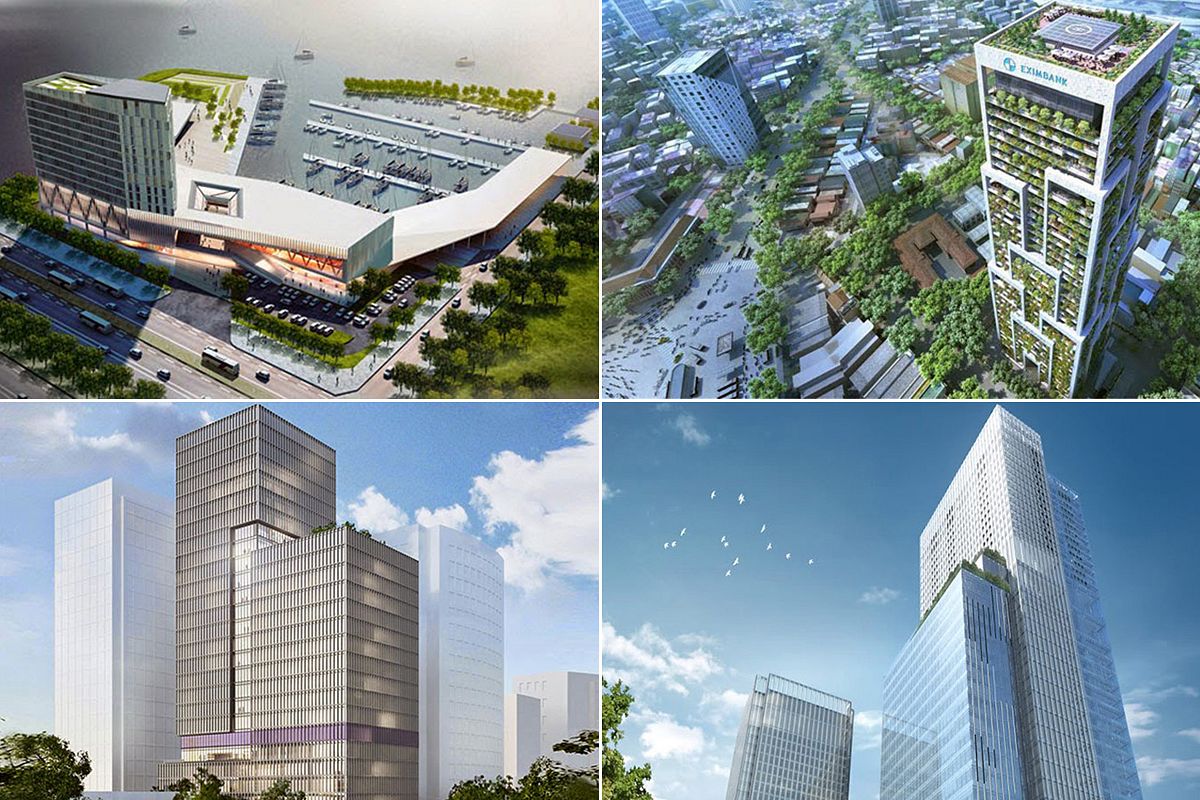In Saigon, the unspoken goal of urban development seems to be transforming the southern hub into another version of Singapore. For Hanoi, however, this is no longer an unspoken ambition, as officials recently announced their plans to turn the Vietnamese capital into a "second Singapore" and are seeking significant investment to make it happen.
At a conference in Hanoi last Saturday, government officials, economic experts, heads of international organizations and both domestic and foreign enterprise representatives discussed the city’s investment and development vision, according to Vietnam News.
It was at this meeting that top officials announced the capital's intention to seek US$115.5 billion to fund “the first step in transforming itself into the second Singapore”, wrote the online newspaper. To put this figure in context, Vietnam’s national GDP in 2014 was US$186.2 billion.
With the government already heavily in debt due to massive spending over the past decade, 80% of the hefty sum would be extracted from foreign direct investment (FDI) and other private sources. A significant portion of the money would go towards funding an extensive infrastructure plan that officials expect would take at least 34 years to complete.
Minister of Planning and Investment Nguyen Chi Dung told the conference that the plan is to transform Hanoi into a regional and financial hub like Singapore or Hong Kong by 2050.
At the crux of the development plan is an effort to push Hanoi's outward expansion rather than increasing the density of areas in the city center.
“Edge-oriented development with five satellite towns will also open the door for investors in infrastructure, transport and real estate sectors,” he said, adding: “We have to make Hanoi a financial hub shoulder-to-shoulder with Hong Kong and Singapore.”
The push for private investment comes amidst a backdrop of nearly over-leveraged public spending. According to the International Monetary Fund, among ASEAN nations, Vietnam is the only one in danger of crossing the dangerous threshold where public debt eclipses 68% of national GDP.
Asia Development Bank (ADB) country director Eric Sidgwick championed the push for private investment to offset public debt but cautioned that careful steps must be taken to attract it: “A clear and transparent procurement process for investor selection is needed to give investors confidence and opportunities to reduce the costs and associated risks”, he told the conference.
Susan M. Sutton, deputy chief of mission at the United States Embassy in Hanoi echoed concerns about Vietnam’s business climate: “Transparency issues; long and convoluted licensing procedures; and confusing and constantly changing regulations raise the pain level too high for US investors,” she told the conference.
[Photo via Flickr user Hanoi's Panorama & Skyline Gallery]














